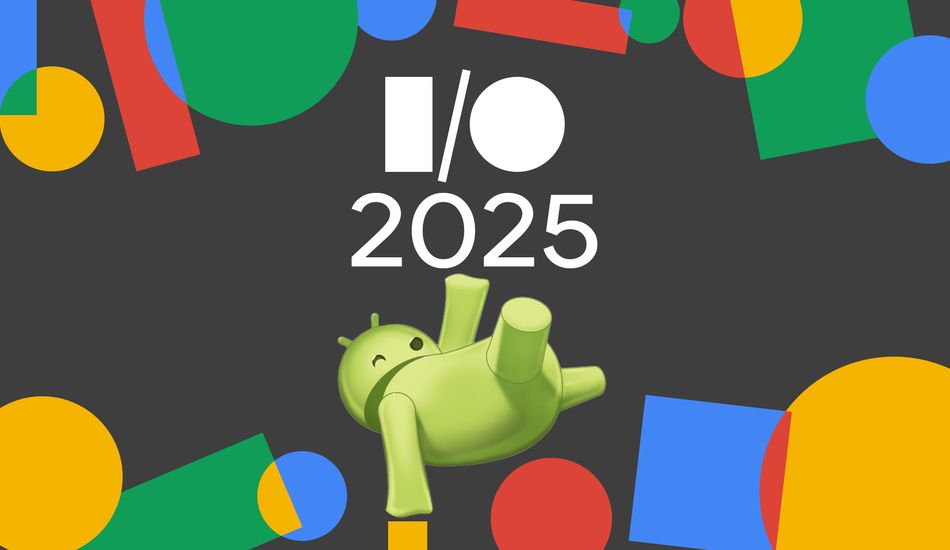
Understanding Google I/O for Non-Developers
Google I/O, the annual developer conference, generates significant excitement among tech enthusiasts. However, the event's dense technical focus often leaves non-developers feeling overwhelmed. While the conference showcases innovative concepts and future Android advancements, its primary target audience remains software developers. The sheer volume of information presented on topics such as APIs, tokens, and AI engines can be daunting for the average consumer.
Navigating the Information Overload
For those outside the development sphere, attending or closely following Google I/O can feel like navigating a labyrinth. While the keynote presentations and “What’s New in Android” sessions offer glimpses into upcoming features, the majority of the event focuses on highly technical details. This year, expect extensive coverage of Android 16, potentially including discussions of new AI features and system enhancements. However, much of this information is primarily relevant to those actively involved in app development or software engineering.
A more efficient approach for the average consumer is to rely on secondary sources. Reputable technology news outlets provide concise summaries and analyses of the key announcements. By focusing on these synthesized reports, individuals can gain a clear understanding of the most significant developments without needing to wade through hours of technical presentations. This strategy filters out the highly specialized content, allowing for easier absorption of relevant information about new features and their potential impact on consumer devices.
Ultimately, while Google I/O's core purpose is to empower developers, consumers can still benefit from its announcements. By strategically leveraging aggregated information and news analysis, individuals can stay informed about the future of the Android ecosystem without needing to become technical experts.
Source: Android Central